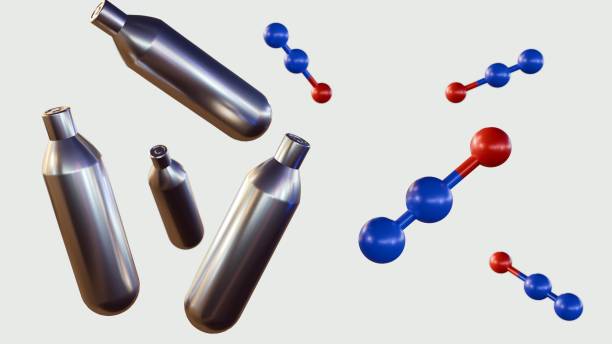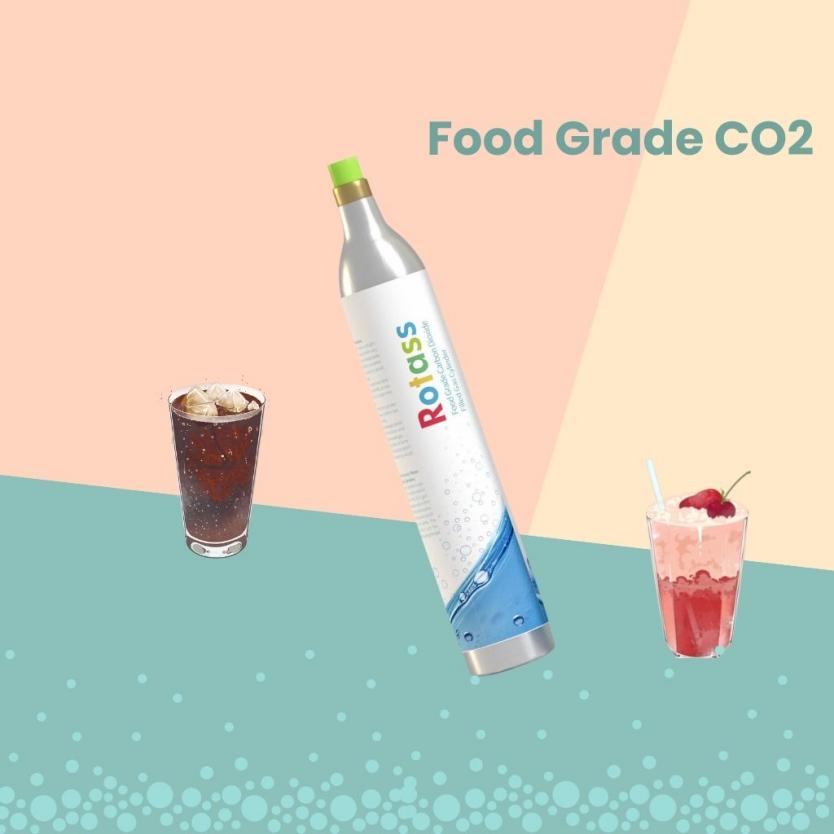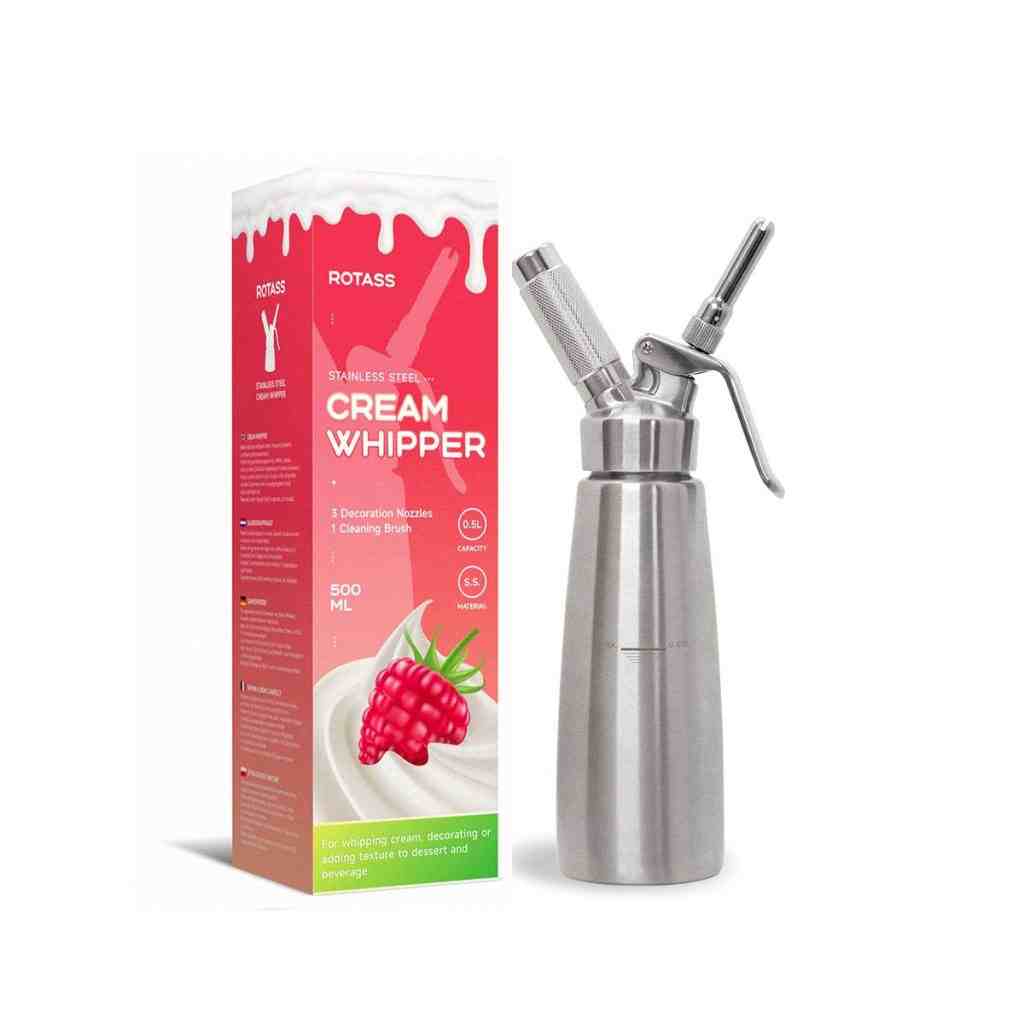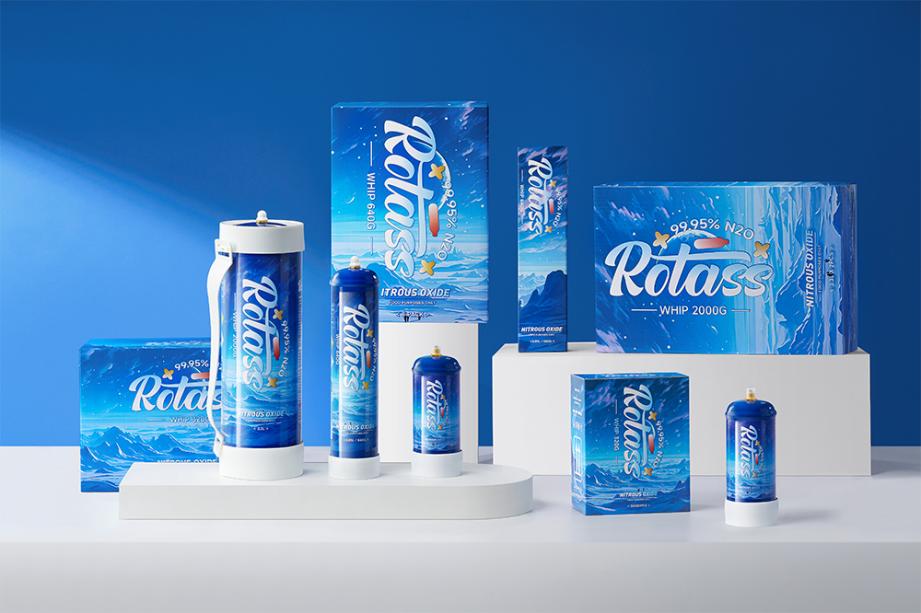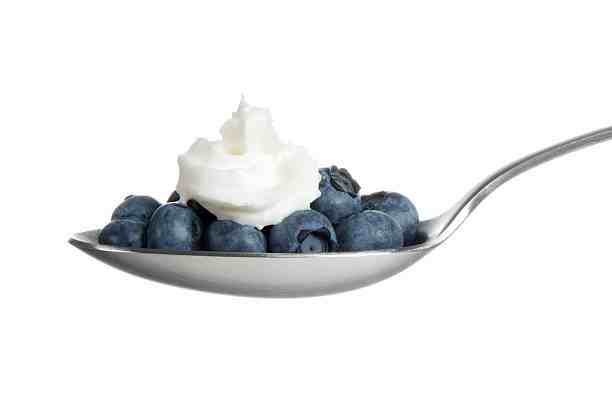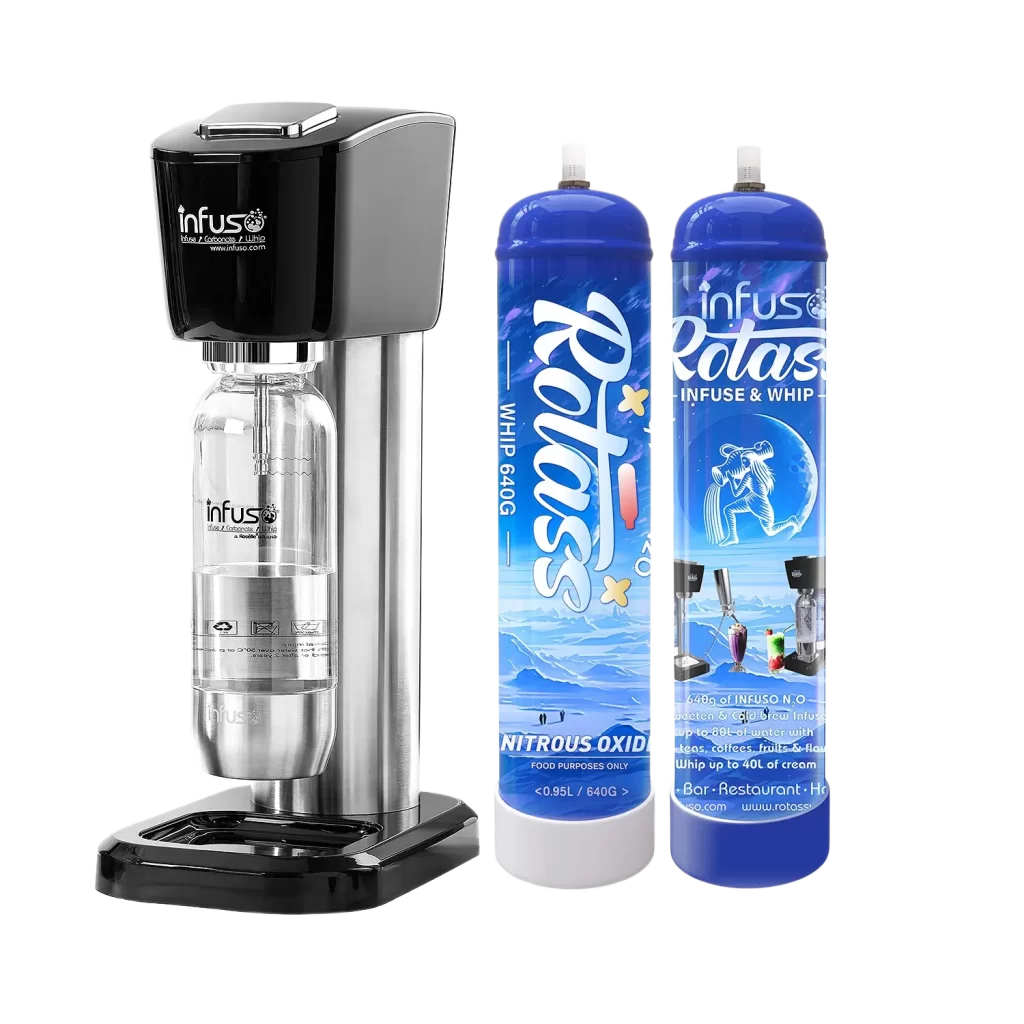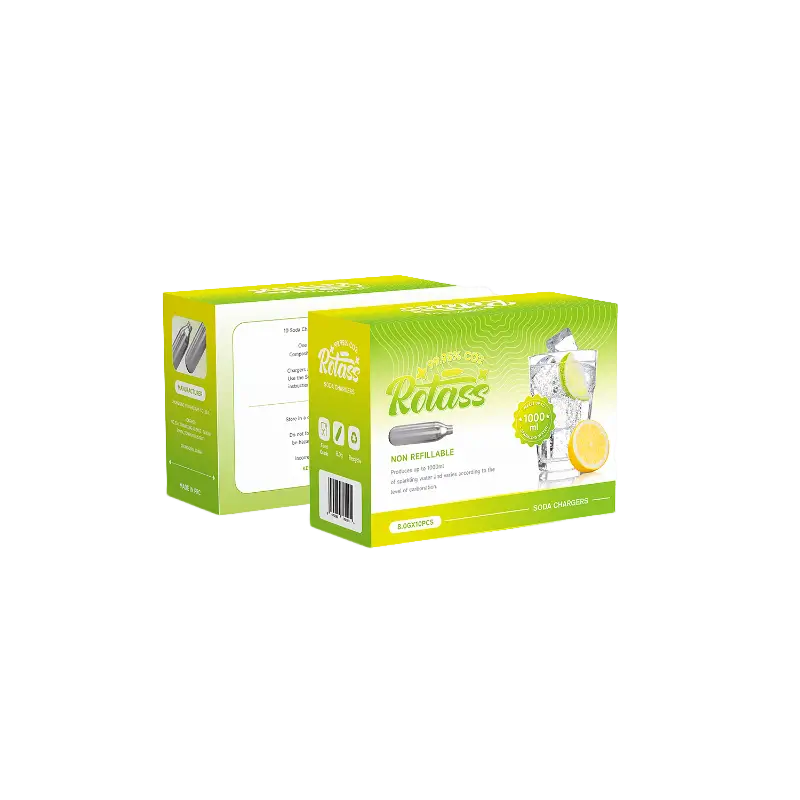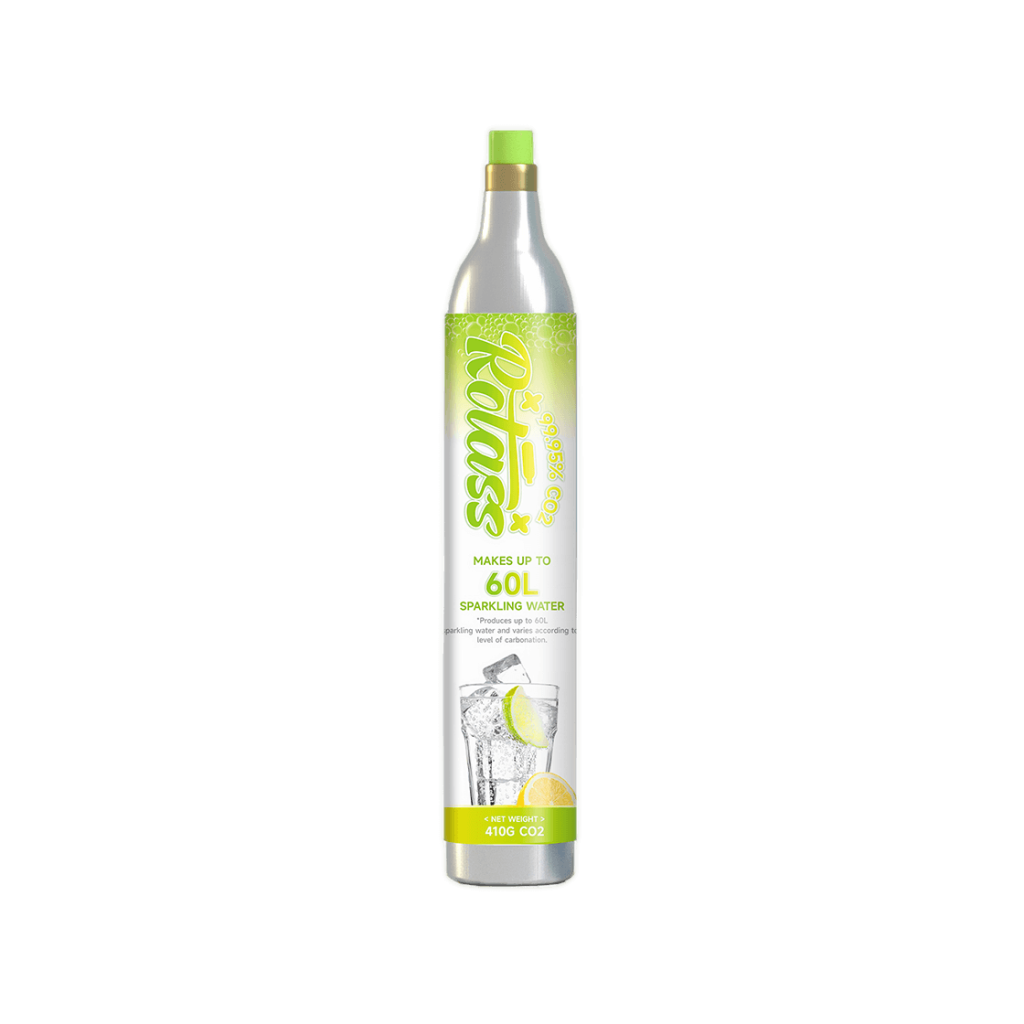2025 / 07 / 11
How Many Pushes Per Tank Of CO2 For Soda Maker?
Table of Contents
How Many Pushes Per Tank Of CO2 For Soda Maker?
Every time you unscrew the cap of the soda maker, during those few seconds when your fingers are hanging on the press button, do you always feel a bit nervous in your heart? Press three times to avoid the bubbles being too weak, like drinking plain boiled water with added air. After pressing it five times, I was afraid of hearing a “hissing” sound, and then this can of CO₂ would be empty in just a few days. In fact, you are not the only one struggling with “the number of presses” – the vast majority of soda maker users cannot avoid the question “how many pushes per tank of co2 for soda maker”.
Today, let’s talk about how to ensure that you can enjoy satisfactory sparkling water while making the most of every press in the CO₂ tank.
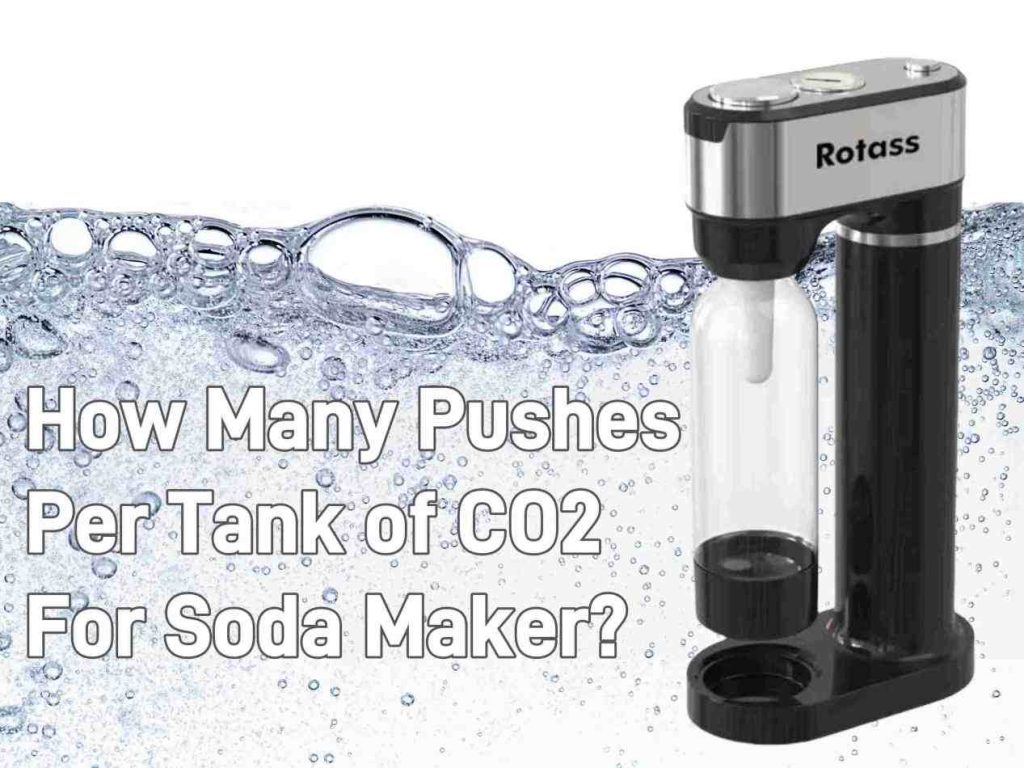
These Factors Directly Determine How Many Pushes Per Tank Of CO2 For Soda Maker
The number of times a can of CO₂ can is pressed is like the size of shoes. There is no standard answer, but there is a reference range. The following three factors will cause a significant difference in the frequency:
1. Different models of soda water machines
Rotass-Infuso (Compatible with 640g N₂O cylinders)
Designed specifically for 0.95L N₂O gas cylinders and not compatible with CO₂ gas cylinders. Since the solubility of N₂O in water is slightly lower than that of CO₂, the bubble sensation is slightly weaker under the same number of presses. Therefore, in actual use, the number of presses will be slightly more.
- To make 500ml sparkling water: Press 3 to 5 times (5 times for a strong effervescence).
- A 640g N₂O gas cylinder: The total number of compressions is approximately 40 to 55 times (fluctuating due to differences in bubble preferences);
- Extra feature: When switching modes to make whipped cream, 1-2 presses are required each time, and one can can make about 25-30 times of cream.
Rotass 1L (compatible with 60L CO₂ gas cylinder
Household 1-liter capacity model, used with Rotass 60L CO₂ gas cylinder, the gas valve design pays more attention to gas utilization rate
- To make 500ml sparkling water: 2 to 4 presses are enough to achieve the desired effervescence.
- To make 1L sparkling water: Press 5-7 times (It is recommended to make it in two portions, 500ml each time for better gas consumption).
- A 60L CO₂ gas cylinder: The total number of compressions is 60 to 80 times, and it can reach 85 times in high-efficiency mode.
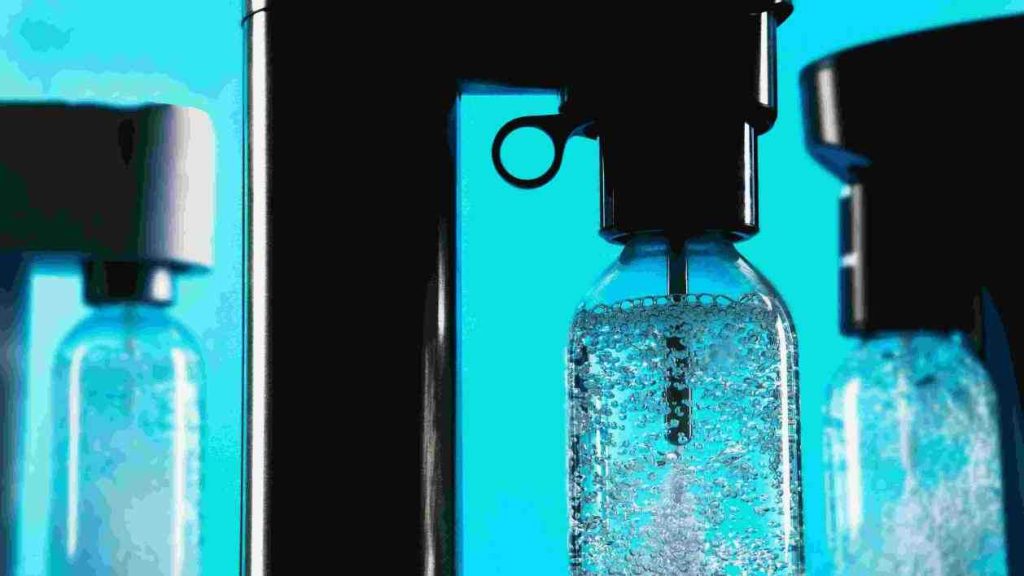
2. Water volume and water temperature
- 500ml water (common cup capacity) : 2 to 4 presses are needed each time. A 60L can can make 15 to 30 cups, with a total of 60 to 80 presses.
- 1L water (family sharing bottle) : Each press requires 5 to 7 times. A 60L can can only make 8 to 12 cups, with a total of 40 to 60 times.
Conclusion: Doing it in small amounts multiple times saves more gas than making a large bottle at once.
- Cold water (4-10℃) : CO₂ has a high solubility. For 500ml of water, press 2-3 times.
- For normal temperature water (15-20℃) : Press it once more to achieve the same fizzy effect.
- Warm water (above 25℃) : You may need to press twice more, and the bubbles dissipate quickly. Using warm water for a long time will reduce the number of presses for a tank of CO₂ by 15-20 times.
3. Different types of soda water
- Strong bubbles (similar to Sprite/Cola) : For 500ml water, 4 to 5 presses are needed; for 60L cans, the total number of presses is 50 to 60.
- Medium bubbles (similar to Paris water) : Press 3-4 times, with a total of 65-75 times;
- Weak bubbles (slightly gas-like) : Press 2-3 times, with a total of 70-80 times.
Three Steps To Find The Right Number Of Presses For Your Soda Maker
Now that we know the influencing factors, how can we find the exact number of times? Don’t worry. Just follow these three steps and you’ll figure out the pattern.
Step 1: Median test method
- Beginners are advised to start with three attempts (500ml of cold water) :
- If you find it tasteless after drinking, add one more time (four times) next time.
- I think it’s too strong and a bit spicy to the throat. → Reduce the frequency by 1 time next time (2 times).
- Just right → Write it down. This is your initial number of times.
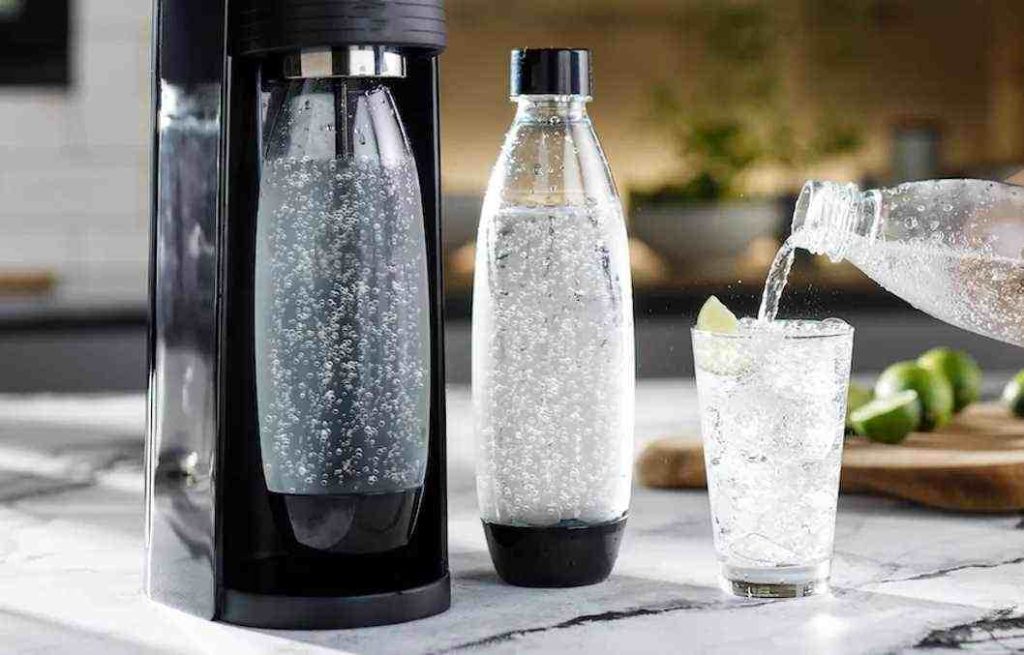
Step 2: Record three times and summarize the pattern
Write it down with your phone’s memo. The format can be referred to:
- Date: July 5th Water Volume: 500ml Water Temperature: 8℃ Frequency: 3 Times Feeling: The bubbles are just right and not irritating to the throat
- Date: July 6th Water Volume: 500ml Water Temperature: 18℃ Frequency: 4 Times Feeling: The taste is similar to the 3 times of cold water yesterday
- After three records, you can discover exclusive rules such as “add one more time for every 5℃ increase in water temperature”.
Step 3: Adjust flexibly as needed
- Drink directly: Follow the basic frequency
- Add juice/syrup: Reduce by 1 time (excessive bubbles will overpower the sweetness)
- To make an iced drink (with ice cubes) : Add once (ice cubes will reduce solubility)
- For children to drink: Reduce 1-2 times (avoid excessive bubbles causing bloating)
5 Tips To Press The CO₂ Tank 10 To 20 More Times
After finding the right number of times, use these techniques to save energy, and one can can last for an additional 3 to 5 days.
1. Press all the way down each time and hold for 1 second before releasing
Many people let go halfway through the press, as the CO₂ is not fully injected, which is equivalent to pressing in vain. The correct way to do it: Press and wait for 1 second. Release your hand only when you hear a “sizzling” sound of exhaust.
2. After changing the tank, release the air once first
After the new tank is installed, press it empty once (without filling it with water) to expel the air at the interface and prevent gas mixing and waste during subsequent pressing.
3. Check the interface sealing performance every week
Wipe the air valve interface with a damp cloth. If you find any bubbles (indicating a leak), gently tighten it with a wrench. If the leak is severe, replace the sealing ring in time (the accessories are cheap, just a few dollars each).
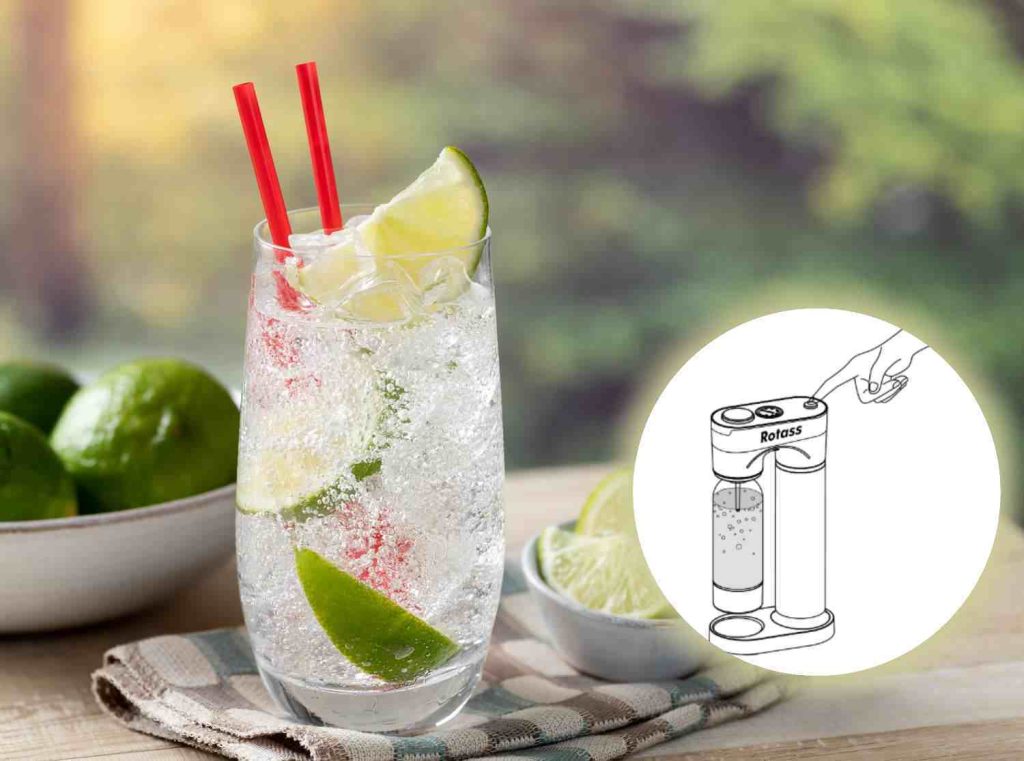
4. Don’t wait until the can is empty to change it
When you feel that the force becomes lighter when pressing or the number of bubbles significantly decreases, it indicates that there is not much gas left in the can. It is recommended to use up the remaining gas at one time (keeping it will also cause it to leak slowly).
5. Fixed water volume container
Use the same cup (such as a 500ml mug) to fill with water to avoid adding water based on feeling, which may lead to inconsistent water volume each time and frequent changes.
FAQ
Question: For the same 60L tank, my friend can use it 80 times, but I can only use it 50 times?
Answer: First, check the water temperature → then look at the model → finally, check your habits. If these three points are ruled out, it might be that the tank itself is leaking air (try another tank).
Question: If there is occasional “splashing” when pressing, is it a waste of air?
Answer: Yes. If the lid is not tightened properly or the water volume exceeds the maximum mark, it will cause splashing. It is recommended that the water volume does not exceed 80% of the container.
Final Thoughts
So, the number of times a can of CO₂ is pressed is more like a personalized customization – your model, habits, and taste preferences jointly determine this figure. Stop worrying about “Why can others press 80 times while I can only do it 60 times?” Just like some people prefer strong coffee while others prefer light tea, what suits you best is the most cost-effective. Next time you press, you might as well try it with a mindset of “finding a pattern”. Maybe you will soon reach a tacit understanding with the CO₂ tank.

